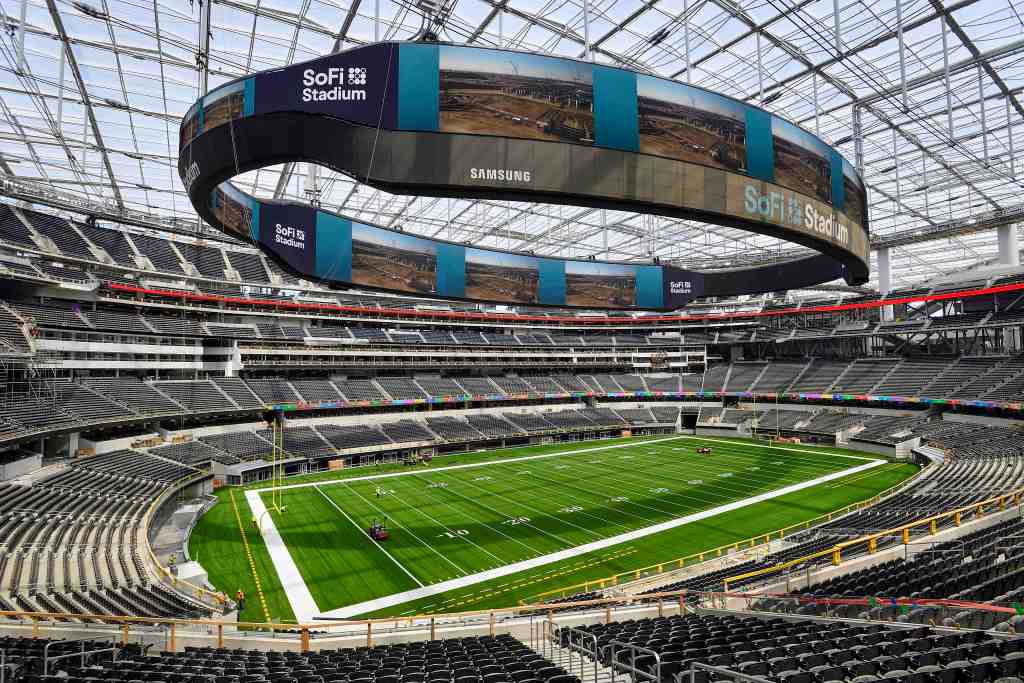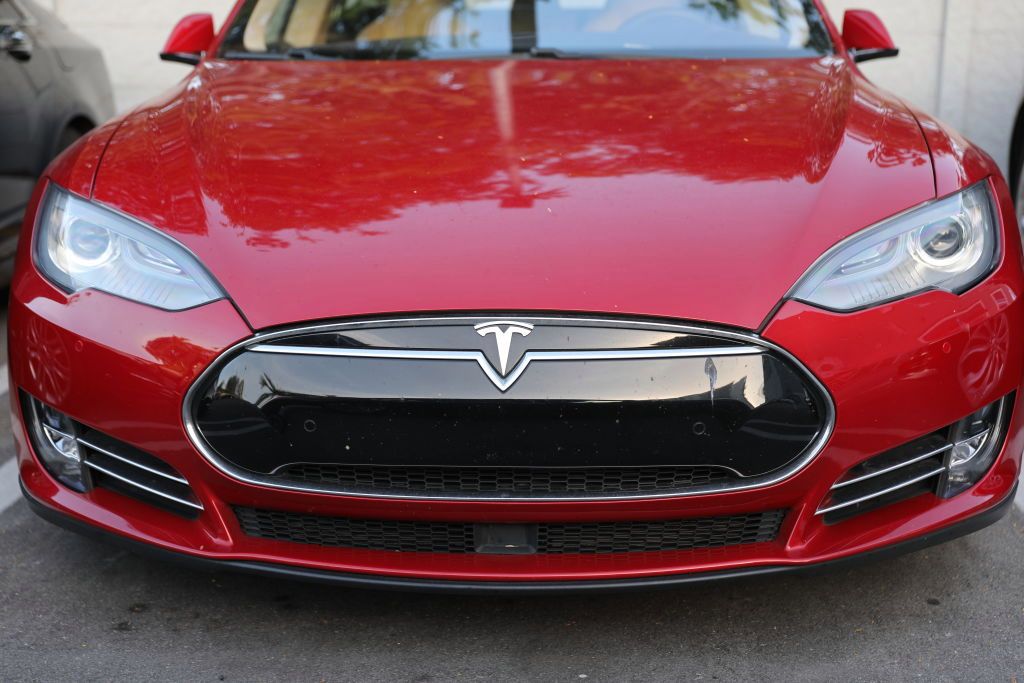The coronavirus has derailed our schools, shuttered our businesses, complicated our friendships, even prevented us from honoring our dead.
Along the way it has killed nearly 140,000 Americans.
Why should a stadium be immune?
SoFi Stadium, the most ambitious stadium project since the Superdome, is still deemed “essential,” even though the Los Angeles Times reported that 15 more SoFi workers have tested positive in the past two weeks. That raised the infection total to 48.
That’s not the stuff of meat-packing plants, but it also makes an August opening seem even more fanciful, considering the grotesque cost overruns that have prompted Rams owner Stan Kroenke to set up GoFundMe pages.
From $2.5 billion, the endeavor has ballooned to $5 billion or so, and Kroenke was even granted 15 more years to pay off his NFL brethren. Meanwhile, Allegiant Stadium in Las Vegas is up and running for less than $2 billion, and Garth Brooks will open its doors Aug. 22, although you question why they didn’t pick a musician.
The rampant curiosity about the unique SoFi design will remain bottled. From the air, it looks like an eagle hatching an uncomfortably large egg, which is the field itself.
But, as Lori Loughlin might say, it’s all academic. The NFL really has no idea how it will play and who can watch, and it all seems moot if kids can’t go to school.
“It really is the perfect storm of bad luck,” said Dr. Nola Agha, an associate professor at the University of San Francisco’s Sport Management Program.
She means that literally, because the storms of 2018 added a year to SoFi’s construction. Without them, the Rams and Chargers would have already played one season and the workers would be virus-free.
When Imelda Marcos was the First Lady of the Philippines, she pushed to build pleasure palaces that would stir up votes. That’s the origin of the term “edifice complex.” Before Wuhan, the massive audacity of Sofi Stadium seemed to fit L.A. Now it’s just incongruous, like the Victor Emmanuel II “wedding cake” in Rome.
Now we have to wonder if SoFi will go down as The Last Manse, the stadium to end all stadiums. Put that on the long list of things beyond our control.
Agha refers to the effects of the Great Recession of 2008-09. MetLife Stadium, housing the Giants and Jets, began construction in 2007, but nothing else broke ground until Levi’s Stadium in Santa Clara five years later.
However, a governmental spending spree in the early 2010s was able to nudge the economy forward. A bigger spree is happening, but the virus isn’t noticing.
“Cities and states will go bankrupt at some point,” Agha said. “There will be communities that don’t have any capacity to finance these projects. It takes a couple of years to research them, put them on the ballot. You look around at this country. Who hasn’t been hit?”
She also notes that stadiums by themselves don’t pay enough of the freight. It takes surrounding development, like Ballpark Village at New Busch Stadium in St. Louis, or the blueprints on the desks of the Angels and Ducks.
“Stadium districts are valuable because team owners have access to all revenue streams within the complex,” Agha said. “In the short term, with no clear opening date for sports, live entertainment, retail and dining, there are no active revenue streams.”
The stadium game continues to live on the theory that it provides blood for local economies. This theory usually dissolves under examination.
“Somebody did an experiment during the baseball strike (1994) and found that spending went up in those cities,” Agha said. “It makes sense. Without the games, I can go to more restaurants, I can go bowling, whatever. People don’t just stay home, they take part in all sorts of leisure activities.
“Counter to what people think, these franchises really are pretty small businesses. Maybe in some cases they’re a drag to the overall economy.”
Overreaction has become our national pastime. Golfers are golfing, drivers are driving, horses are horsing around. In Japan, the fans are back at the ballpark, or at least 5,000 of them, with the stadiums to be half-full by Aug. 1. But the robot dogs that were prowling the stands in their absence are still around, for amusement purposes.
Humankind has done amazing things in between pandemics and, as we’re always reminded, the Renaissance followed the Black Death. SoFi Stadium fits somewhere in between. Its one promise was an identity that would be impossible to duplicate. It should achieve that, probably from lack of trying.










